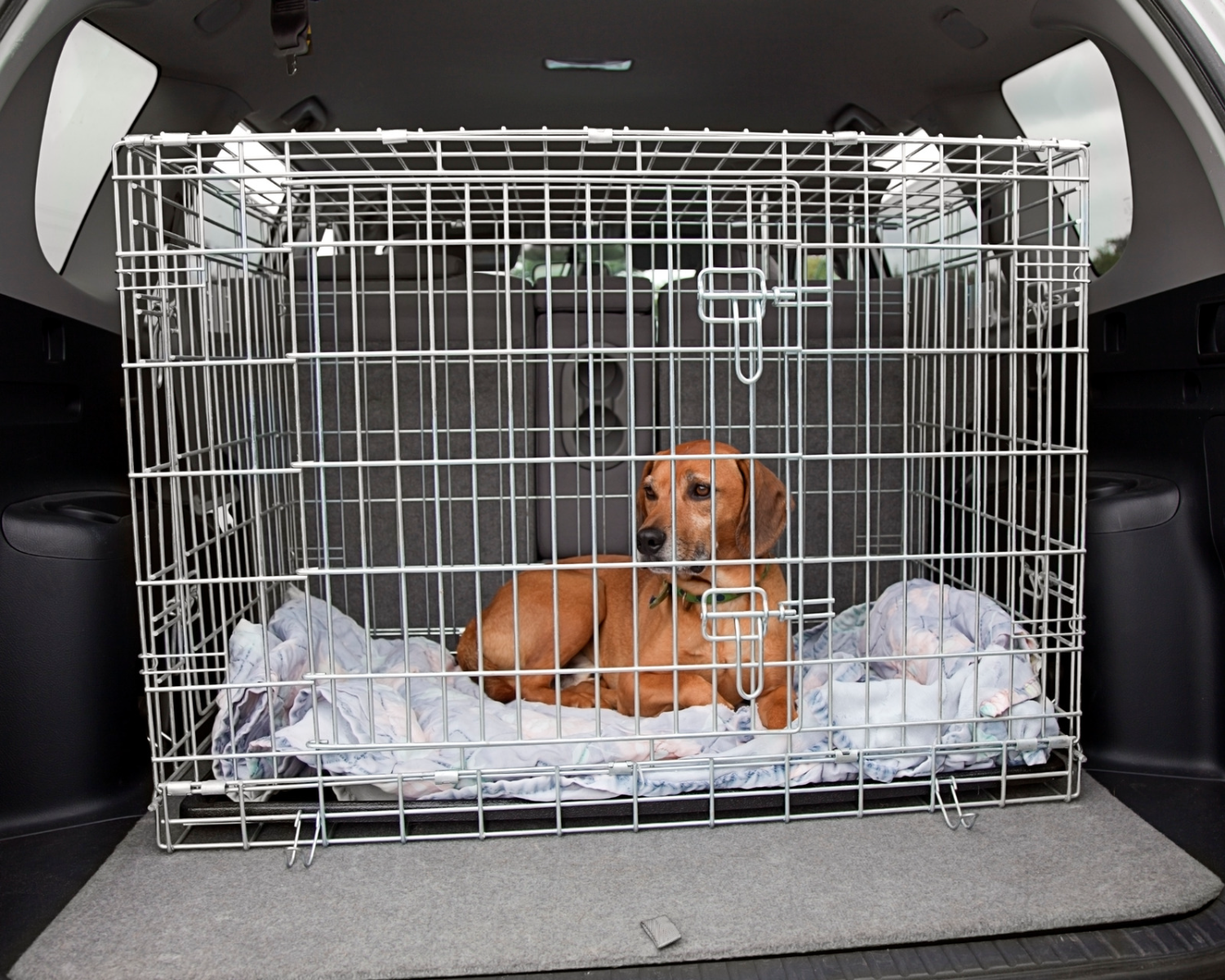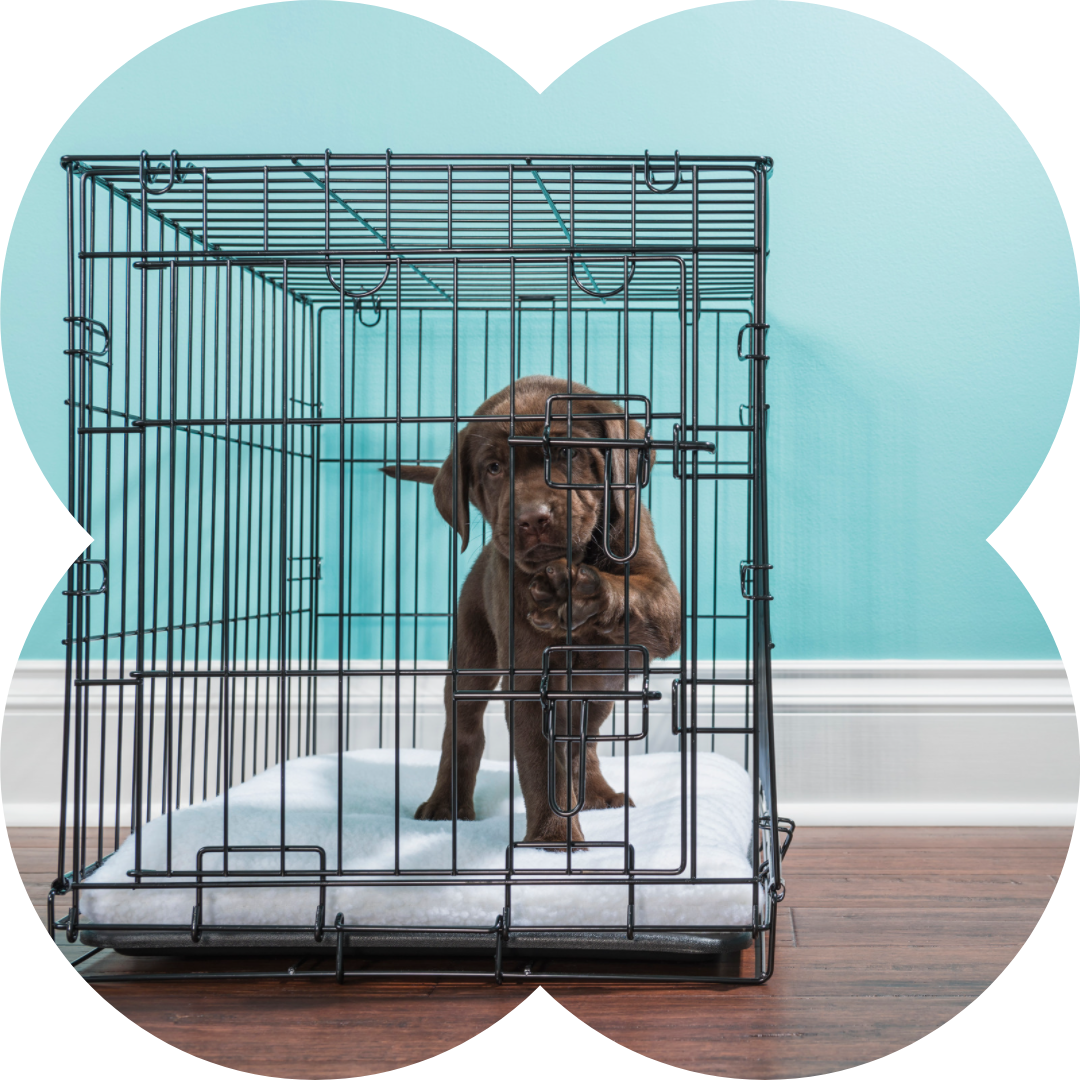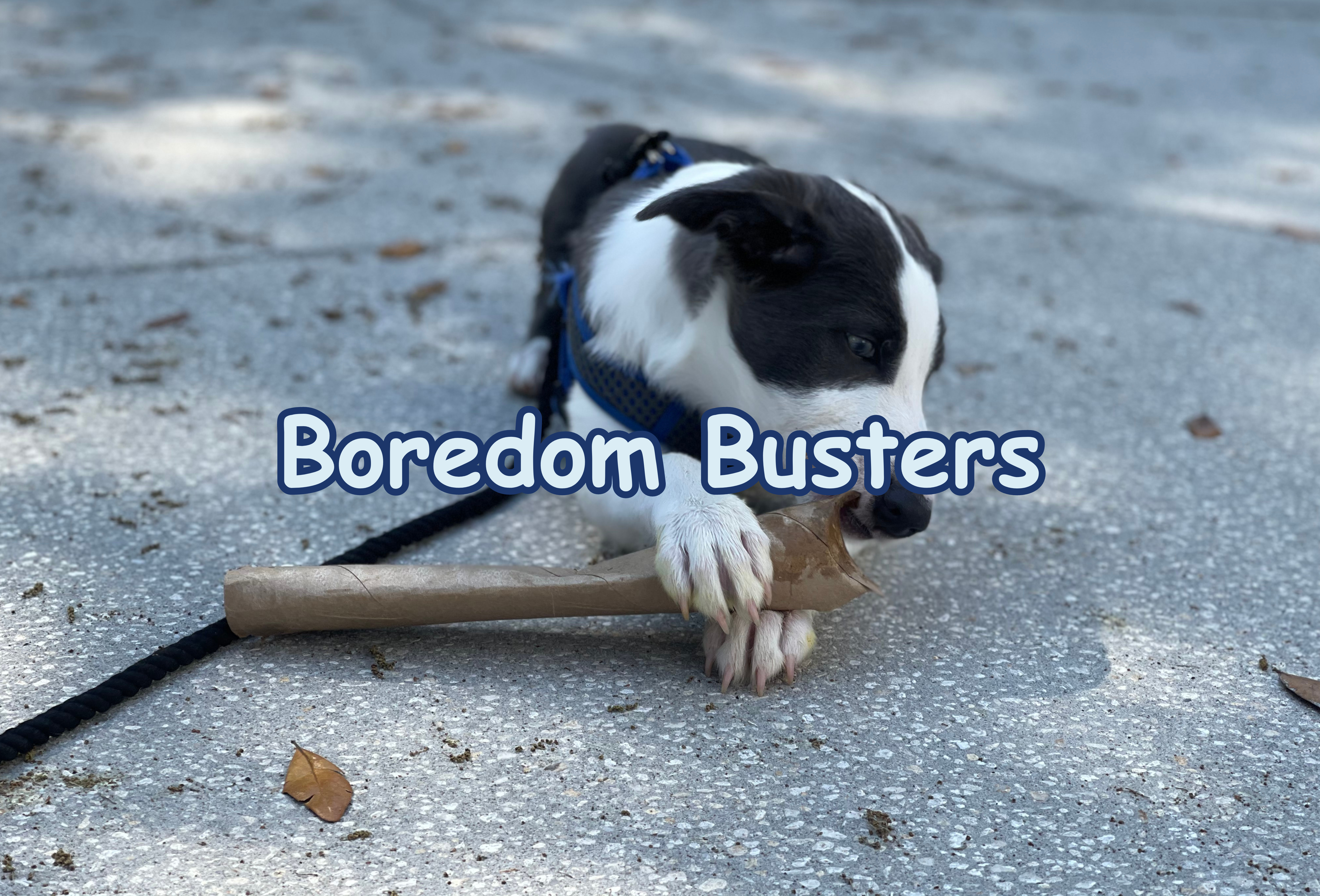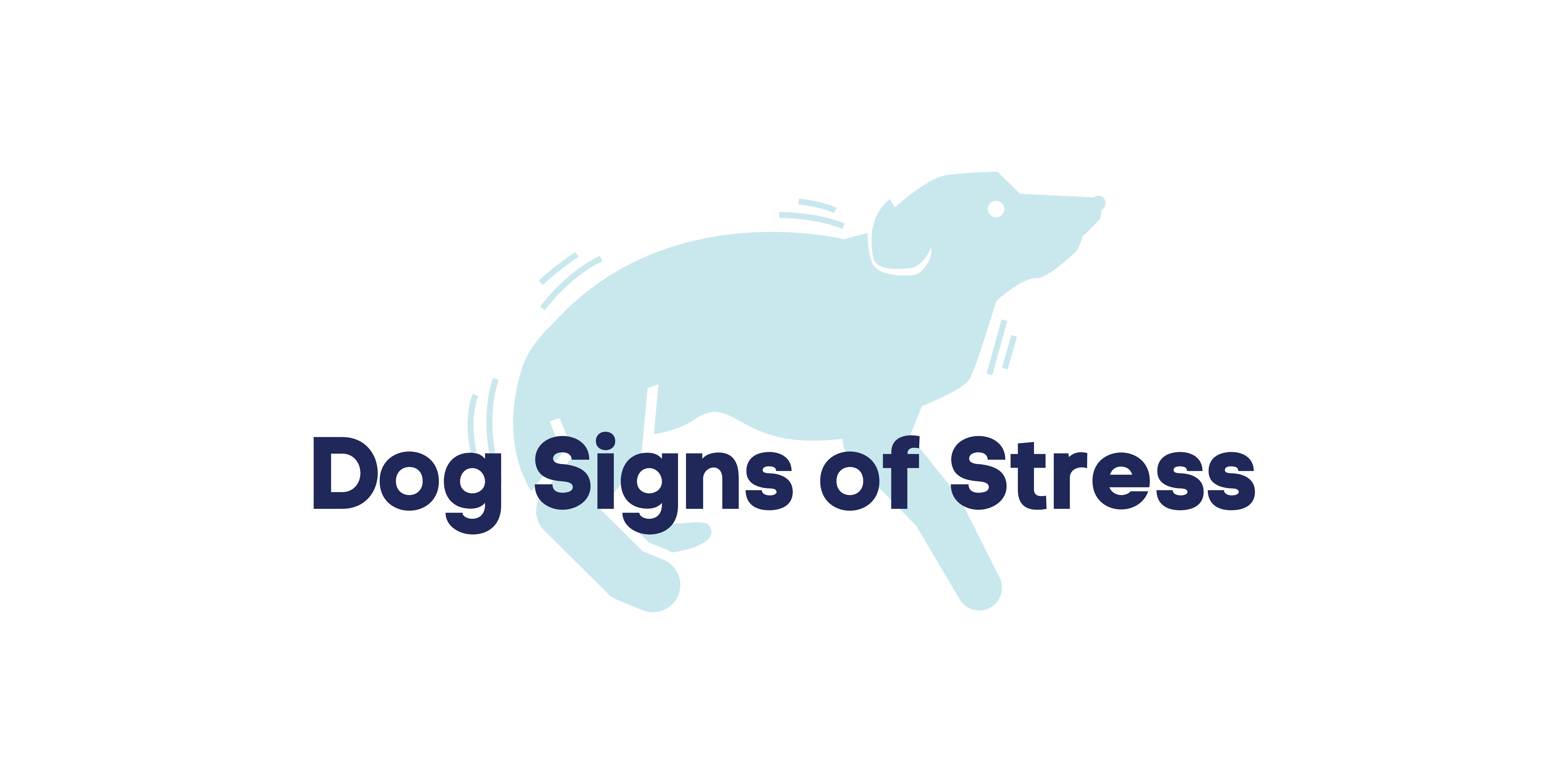By Angelica Steinker, M.Ed., C.D.B.C, CAP2
designed by Kimberly “Kim” Archer, CPDT-KA, CTDI
It has become a popular notion to crate dogs, especially during adolescence to encourage a reinforcement history with people rather than the environment. However, is keeping a dog crated for 23.5 hours a day appropriate? This article does not aim to exclusively answer any of the questions posed but rather to provoke dog sports trainers into thinking both about what they are doing and why. Bob Bailey recently emphasized to me that training is about us changing and us adjusting to create change in our animals. Awareness of our thoughts, attitudes, behaviors, and decision making is critical to training success.
The Use of Crates
Crates are tremendously useful tools for housetraining dogs. Most dogs enjoy having a cozy area of their own and crates are a safer way of transporting dogs in vehicles. However, some trainers take crate training a step further. Rather than simply using crates they become a training tool for dog sports. A tool that creates deprivation, in turn increasing motivation.

Deprivation
Using a crate as a training tool is easily accomplished. Simply place your dog inside the crate and wait. Being a crate is for most dogs is less fun, especially the active dogs that enjoy dog sports, than being outside of the crate. In the crate a dog can only sleep, chew a bone, stand up and turn around. Outside of a crate there are smells, special toys, people, other dogs, a whole world! The crate creates a contrast effect. In crate: boring. Outside of crate: an exciting world of adventures.
Trainers who do pet behavior training have seen the dynamic many times. The dog that is crated almost continuously comes unglued when out of the crate. Cranked and ready for some dog sports that she doesn’t know how to play. The pet home frustrated with the dog’s effervesce places the dog for even longer periods
inside the crate which in turn causes the dog to become even more unglued when he is finally released. The dog’s deprivation of physical and mental exercise prompts excessive levels of energy, a dynamic considered useful by some dog sport enthusiasts.
Socialization
Critical socialization occurs from roughly four weeks to four months. Most dogs that are not exposed to hundreds of people, dogs and other novel stimuli will be neophobic. This means that if dogs don’t get to investigate their environments and have their brains stimulated by what they find and learn they may end up being afraid of most things. It is precisely this investigation of the environment that make most dog sport enthusiasts hair stand on end. If we fail to permit this environmental investigation are we truly making the best decision for our dogs Lack of socialization and environmental exploration can lead to fear which can of
course lead to aggression. Socialization is something that can determine life or death for dogs, remedial socialization is not always effective.
Genetics can influence socialization. A friend of mine does rescue, she saved a dog who had spent her life chained to an outdoor dog house. When she picked this dog up she expected the typical undersocialized dog, yet instead she found a dog that loved all people and all other dogs. Genes worth cloning if you ask me, since strong social attraction to people and other dogs makes a dog a safe companion.

Mental Stimulation
Aside from socialization, a dog locked in a crate is not going to encounter a lot of mental stimulation. A friend of mine adopted a child that had been kept in her crib on a near constant basis. This child when first coming into her home slept for 18 hours a day. The child’s way of dealing with the crib was simply to sleep since there was nothing else to do. Dogs are like that, they will sleep if there is nothing else to do. The question is what is ideal for them mentally? To be in a crate for most of their life or to be able to roam the house, freely laying in different positions and places? The flip side is that the dog may investigate the trash can or even chew on something dangerous, but it seems most dog sport addicts keep their homes dog-proofed.

Physical Stimulation
When I trained horses professionally there was a clear difference between horses that were allowed to go out to the pasture and horses that were kept in their stalls at all times. The stalled horses developed physical problems as a result of being stalled. The horses that were turned out daily were healthier and seemed happier since they were less prone to cribbing and weaving (habits that a bored horse can develop). Dogs are not horses but are we making the best decision for our dogs by crating them for extended periods of time? Is it physically healthier to be kept lose, free to walk, trot or even run than in a box with no room to do any of this? If you were a dog would you rather be in a crate or lose in the house?
Social Isolation
Dogs are social animals, when crated they are unable to interact with other dogs or people. Social isolation has been proven to cause stress (increased cortisol levels) in dogs and other animals in animal welfare studies. Could this social isolation cause deprivation that may otherwise not be present? In other words, is it possible that a crated dog that is deprived of social contact actually less motivated to work for her trainer because that dog’s need for social interaction has become so overwhelming that the need is greater than anything else? Too much deprivation, just like too little deprivation, sets the training process up for failure.
Success Attributed to Crating

A vast variety of training successes have been attributed to keeping a dog crated when she isn’t working. Aggression is said to be decreased. Standard course times are said to be increased. One competitor told me that her dog will only run agility if kept in a crate at all times other than when working. Young dogs that were showing signs of independence are cured by crating and so on. However, there is stark evidence that crating may not be the factor influencing any of these successes. In each case there are many other variables at play and any one of these or a combination of any of the variables may actually be responsible. While crating an aggressive dog may be helpful in preventing the rehearsal of the aggressive behavior, it may also function as a means of increasing the aggression if the dog is fearful of other dogs and relieved to be placed inside of the crate and away from the scary dogs.
The dog with the increase in motivation may actually prefer the new games or their trainer’s new attitude instead of running faster because of being crated at all times other than when working. Can crating a dog at all times other than when working ever be justified simply so you can play a game with your dog? It seems to me this is much more about the trainer than about the dog.
Win/Win Training
While I offer no answers for what is appropriate crating and what is not, it is clear to me that dogs should have a voice in this. Whatever our decisions are ideally they are based on what constitutes happiness for our dogs. It is when the dogs are happy that we are truly winning.






